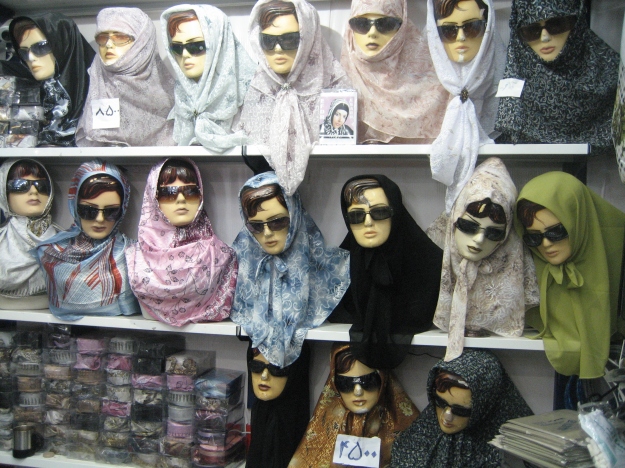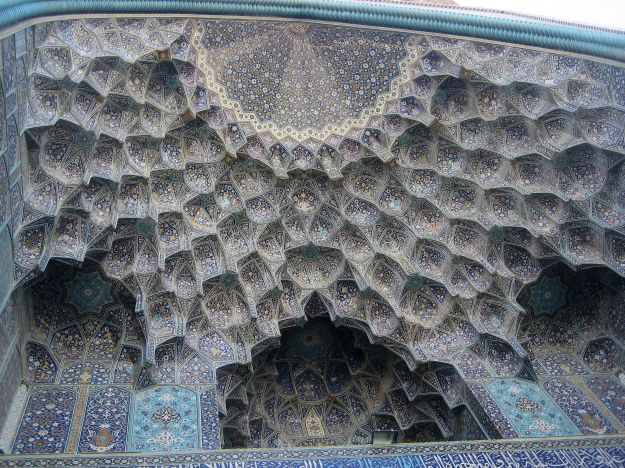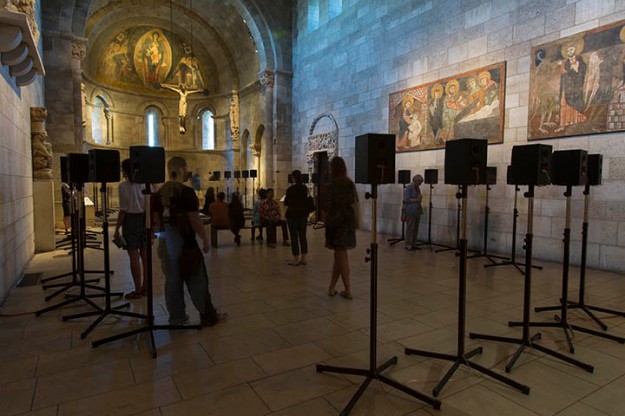“How do you say skeleton in Spanish?”
It was my first trip outside of the U.S. I was 11 years old and sitting on the edge of my bed in the Camino Real Hotel in Mexico City watching cartoons. A kid was dancing with a chorus line of skeletons. Their bones rattled as they danced around. Intrigued, I asked my mom to translate for me. “El esqueleto,” she answered.
It was October. A time of year when Mexicans prepare to celebrate el Dia de los Muertos, or the Day of the Dead. From October 31-November 2, they gather to honor friends and family who’ve died. During this cultural celebration, each day has its own significance with lots of preparation leading up to it. In many homes, alters adorned with marigolds, incense, candles and candies are created. The belief is that during this time the gates of heaven open and spirits return to their loved ones. It’s a reunion of sorts and families picnic in cemeteries. Great festivities take place. It’s even a bank holiday. Sugar skulls, confectionary coffins and elaborately painted skeletons are also displayed.
Some people get a little freaked out by this idea. Not me. Raised on good, old-fashioned horror movies, many a night was spent huddled with my siblings on the couch with a fresh bowl of popcorn waiting for a ghoul to appear on the screen. I love this stuff and what kid doesn’t like sugar? Even more, I became fascinated with the little clay, hand painted skeleton figurines I’d glimpse around the town and in shop windows.
The only thing more enticing than exploring the Camino Real Hotel, with the scent of Mexican oregano and poblano chili drifting from its restaurant, was ogling the skeletons set up in various scenes of everyday life. A bride and groom, a cowboy on a horse, a few fellows playing pool, a guitar player. You name, they created it. Mexican art can be whimsical and playful, and its full wickedness appears in the Day of the Dead dioramas.
By day we explored the city and walked its streets. We visited the Basilica of Our Lady of Guadalupe where Mexicans and tourists made their way across the plaza to its doors upon their knees to honor her significance and gaze upon the cloak of Juan Diego that holds her image. We explored the National Museum of Anthropology in Chapultepec Park where I became intrigued by another relic, the Aztec Calendar with its secrets locked within its stone. Afterwards, we strolled around Chapultepec Park. With its forest and lakes, the park is an oasis in the city.
I was digging all the old stuff and don’t think my mom was thinking too clearly when she agreed to a visit to the Pyramid of the Sun. She booked us a tour and we took an early morning bus to the ancient city of Teotihuacán. When we arrived a local guide gave an orientation about the ruins, where 200,000 inhabitants vanished without a trace. Even today, they still don’t know how this place was built. I was intrigued again. My mom on the other hand went a bit pale as she gazed up at the very steep, 250-step climb ahead of us. Had anyone else been with us, she probably would have bagged it. But seeing how it was just us, she boldly took the first step. “Don’t look down” became the mantra as I held her hand from time to time, and we ascended higher and higher. When we reached the top she was quite pleased with herself. We stayed there for a while, staring out across the land, wondering what life must have been like for the people who once lived there and where they went. Getting down the pyramid was a different story and a whole different mantra.
On the way home the bus stopped along a market route where locals sold treasures made from famed Mexican silver. I’ve never seen so much silver in once place. My mom bought me a bracelet. It was wide with cutouts and a detailed Aztec calendar intricately carved within its silver. Decades later I sold it a stoop sale. What was I thinking?
But I still have the tiny skeleton figurines on my bedroom bureau. Like the Aztec Sun calendar, and the ruins of Teotihuacán, they remind me that everything changes and that everything can go poof in a second.
And this why we travel, right? To come outside of our own world, learn something new and, often times, something that makes sense.
That’s the real treat.
















